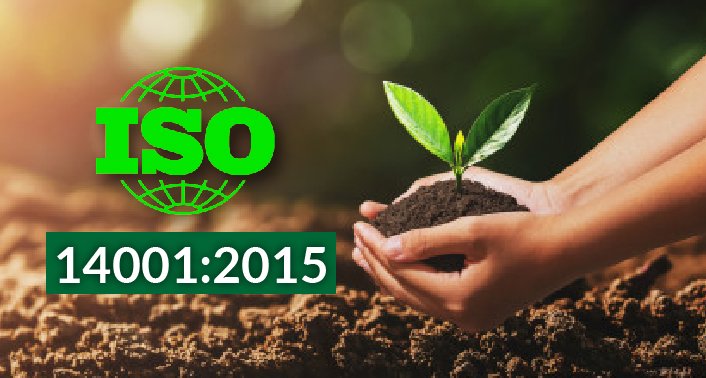Our Courses
We always work with experts, all the workers work with expertise,
there is no conflict between them.

ISO 14001 is an environmental management standard. It was first published in 1996 and specifies the actual requirements for an environmental management system.
It applies to those environmental aspects which the organization has control and over which it can be expected to have an influence.
ISO 14001 is often seen as the corner stone standard of the ISO 14000 series. However, it is not only the most well-known, but is the only ISO 14000 standard against which it is currently possible to be certified by an external certification authority.
This standard is applicable to any organization that wishes to:
• implement, maintain and improve an environmental management system
• assure itself of its conformance with its own stated environmental policy (those policy commitments of course must be made)
• demonstrate conformance
• ensure compliance with environmental laws and regulations
• seek certification of its environmental management system by an external third-party organization
• make a self-determination of conformance
In 2004, the ISO 14001 standard was updated to reflect changes in environmental consciousness. The updated systematic ISO 14001:2004 approach requires the organization to take a hard look at all areas where its activities have an environmental impact. It can lead to benefits such as the following: reduced cost of waste management, savings in consumption of energy and materials, lower distribution costs, improved corporate image among regulators, customers and the public, and framework for continual improvement of environmental performance.
ISO 14001 is not a technical standard and as such does not in any way replace technical requirements embodied in statutes or regulations. It also does not set prescribed standards of performance for organizations. The major requirements of an EMS under ISO 14001 include:
• A policy statement which includes commitments to prevention of pollution, continual improvement of the EMS leading to improvements in overall environmental performance, and compliance with all applicable statutory and regulatory requirements
• Identification of all aspects of the community organization’s activities, products, and services that could have a significant impact on the environment, including those that are not regulated
• Setting performance objectives and targets for the management system which link back to the three commitments established in the community or organization’s policy (i.e. prevention of pollution, continual improvement, and compliance)
• Implementing the EMS to meet these objectives. This includes activities like training of employees, establishing work instructions and practices, and establishing the actual metrics by which the objectives and targets will be measured
• Establishing a program to periodically audit the operation of the EMS
• Checking and taking corrective and preventive actions when deviations from the EMS occur, including periodically evaluating the organization’s compliance with applicable regulatory requirements
• Undertaking periodic reviews of the EMS by top management to ensure its continuing performance and making adjustments to it, as necessary
Contact Us
• info@gaca-usa.com
If you have not already done so, we recommend that you start preparing now by purchasing a copy of the draft or final revisions to the standard.
Benefits of ISO 14001
Improvements in overall environmental performance and compliance
• Provide a framework for using pollution prevention practices to meet EMS objectives
• Increased efficiency and potential cost savings when managing environmental obligations
• Promote predictability and consistency in managing environmental obligations
• More effective targeting of scarce environmental management resources
• Enhance public posture with outside stakeholders
(With Lunch and 2 Coffee Breaks), Printed Course Material and Certificate.
Duration: Days ( Hour's Per day)
Register